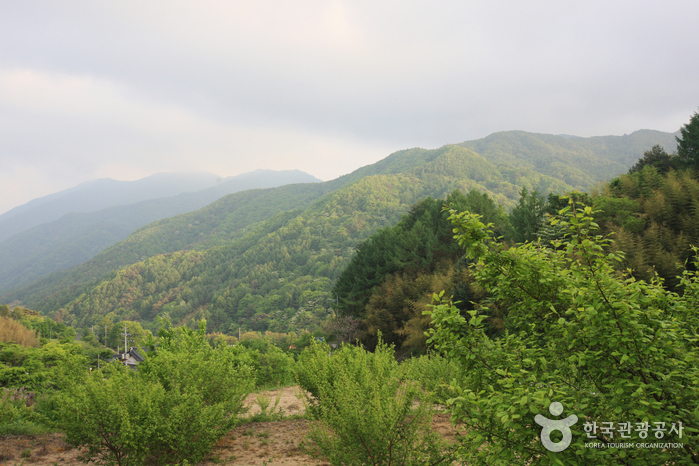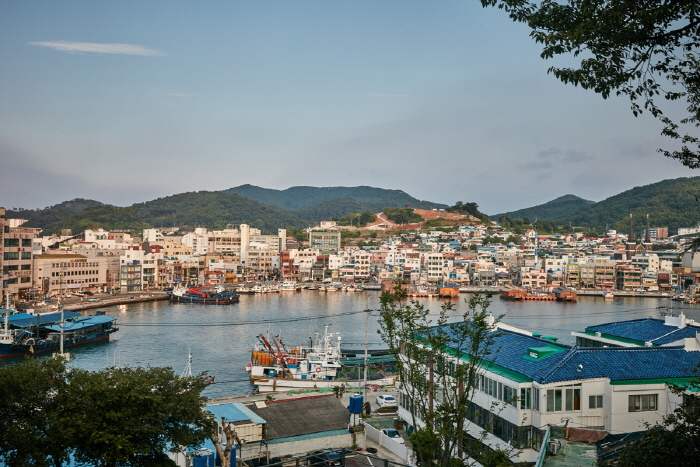Jirisan National Park (Hadong Section) (지리산국립공원(하동))
Jirisan National Park (Hadong Section) (지리산국립공원(하동))
 – Homepage
– Homepage
jiri.knps.or.kr
– Tel
+82-55-883-1750
Designated as the first national park in Korea on December 29, 1967, Jirisan National Park stretches out over 483.022 square kilometers, making it the largest national park among all 22 national parks. It covers Korea’s three southernmost provinces; Gyeongsangnam-do, Jeollanam-do, and Jeollabuk-do, one city, four counties, and 15 districts of eup and myeon. The area in Gyeongsangnam-do has many temples including Ssanggyesa Temple and Chilbulsa Temple, as well as valleys, falls, and other tourism resources.
– Address : Hwagae-ro, Hadong-gun, Gyeongsangnam-do
※ Presentation Information
– Information and Guides
• 1330 Travel Hotline: +82-2-1330
(Korean, English, Japanese, Chinese)
• For more info: +82-55-883-1750
– Parking
Available (Samseonggung Parking Lot, Ssanggyesa Temple Parking Lot 1 & 2)
– Night-time Hike Restriction Notice
Prohibited between sunset and two hours before sunrise.


◎ Nearby Tourism Infobox
⊙ Hadong Wild Tea Cultural Festival (하동 야생차문화축제)

– Tel
+82-55-880-6583
The Hadong Wild Tea Cultural Festival is a fragrant celebration in Hadong, a region renowned for its green tea, historically known as the “king’s tea” due to its royal offerings. The Hadong 1000-Year Dahyang Trail is perfect for leisurely walks, connecting hills and tea fields with decked paths and narrow village roads. Following the successful “World Tea Expo 2023 Hadong, Korea,” the festival solidified Hadong’s reputation as a “tea-refreshing cultural city.” The diverse program includes tea cup busking, moving art galleries, music and art spaces, tea classes, book discussions, meditation and refreshing programs, and trekking on the 1000-Year Dahyang Trail, providing ample opportunity to fully experience Hadong and its tea culture.
◎ 1000-Year Dahyang Trail
Hadong’s proximity to the Seomjingang River results in frequent fog and high humidity, coupled with significant temperature variations, creating an ideal environment for tea cultivation. Historical records indicate that tea has been grown here for a thousand years, marking Hadong as the birthplace of Korean tea cultivation.

![On & On – Lotte Gimhae Branch [Tax Refund Shop] (온앤온 롯데김해)](https://ktrip.blogsailing.com/wp-content/uploads/2025/11/2886080_image2_1-768x576.jpg)
![Levi’S – Lotte Outlets Gimhae Branch [Tax Refund Shop] (리바이스 롯데아울렛 김해점)](https://ktrip.blogsailing.com/wp-content/uploads/2025/11/2886146_image2_1-768x576.jpg)


One Comment